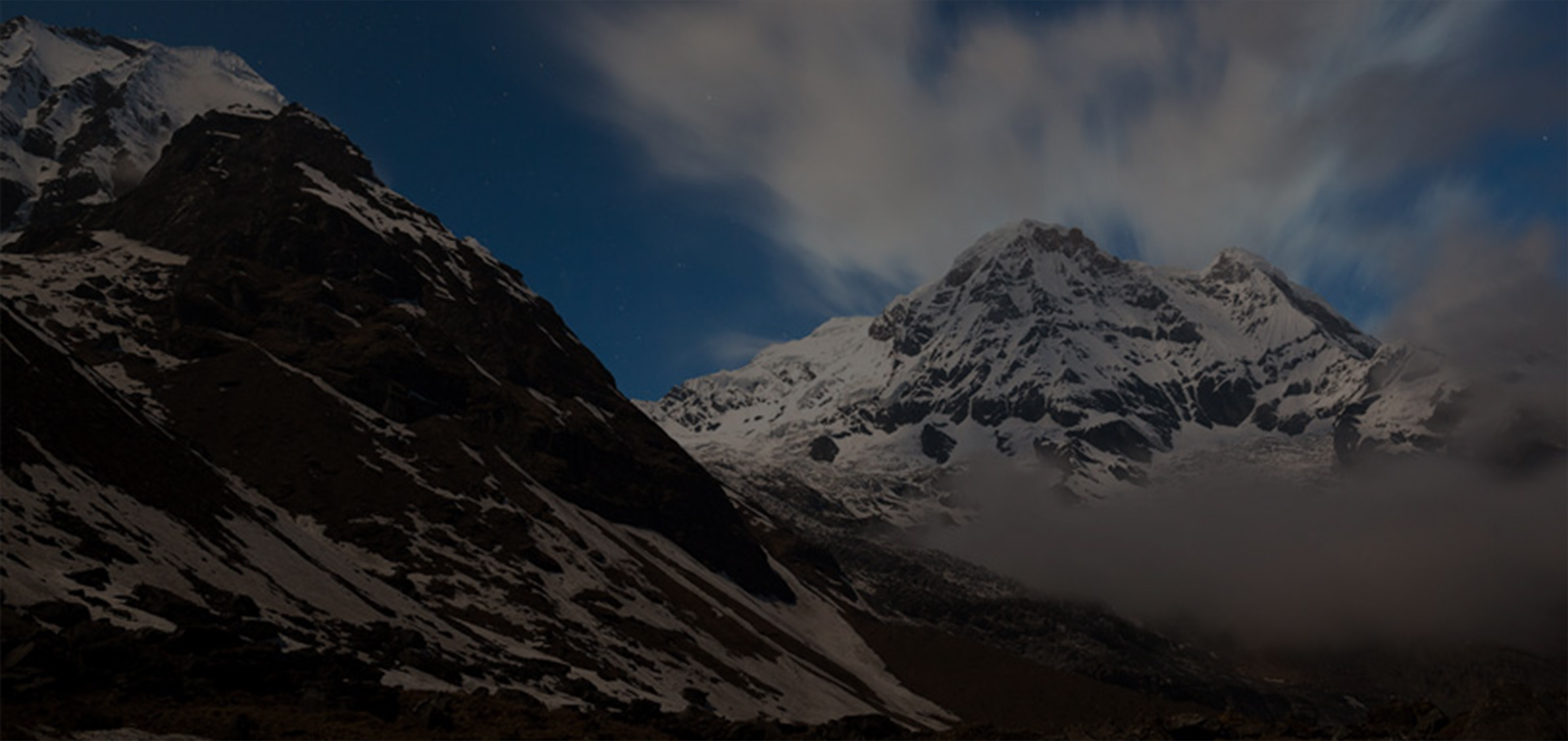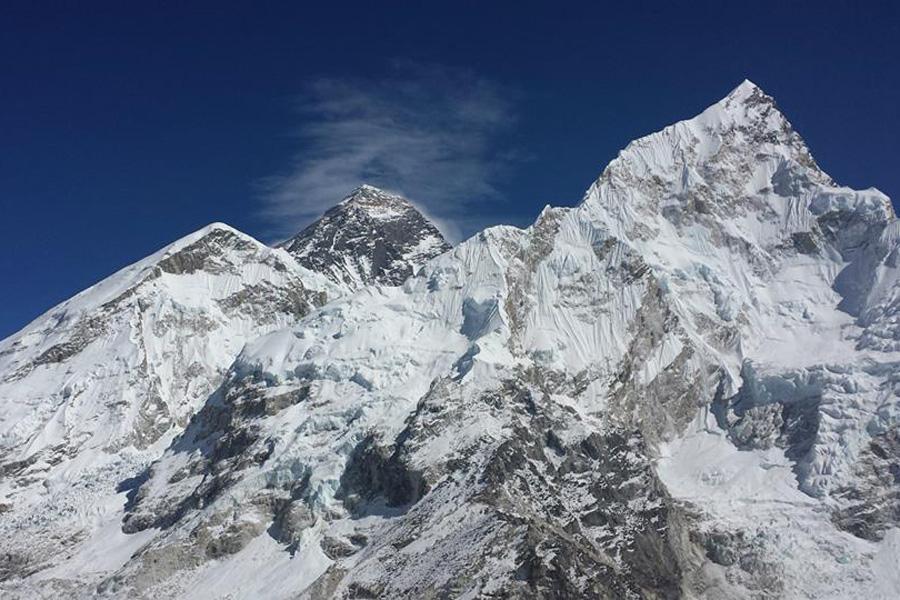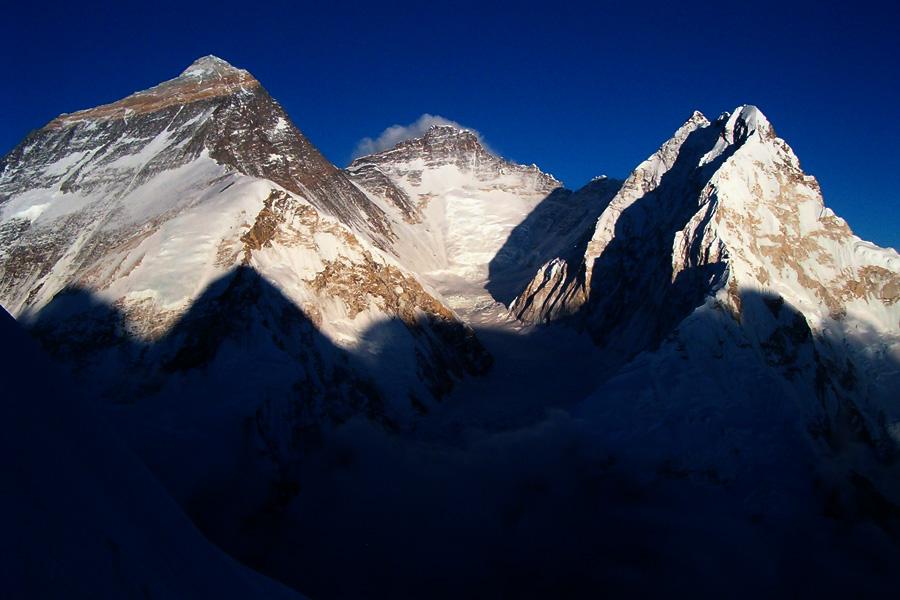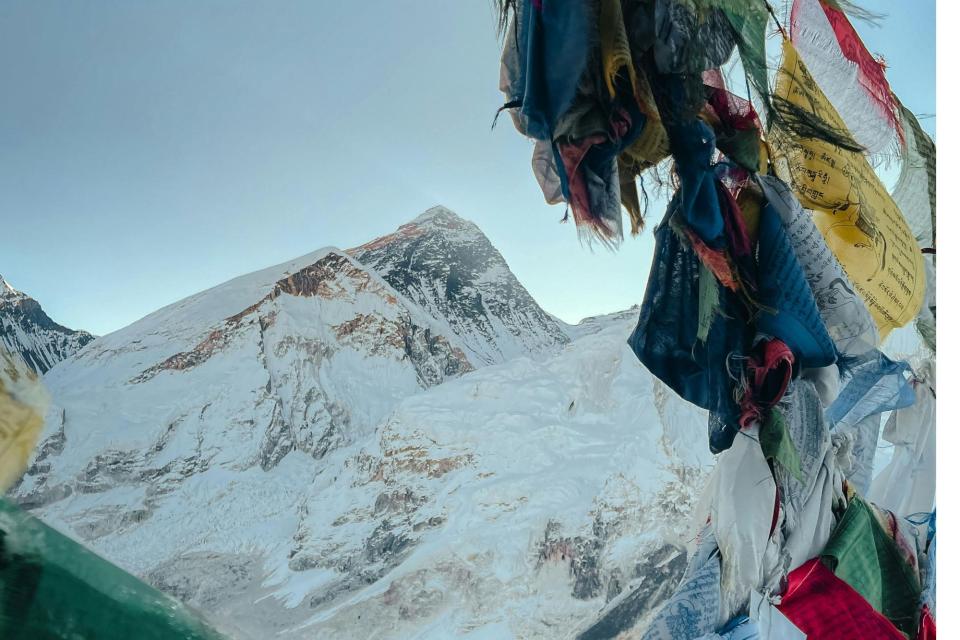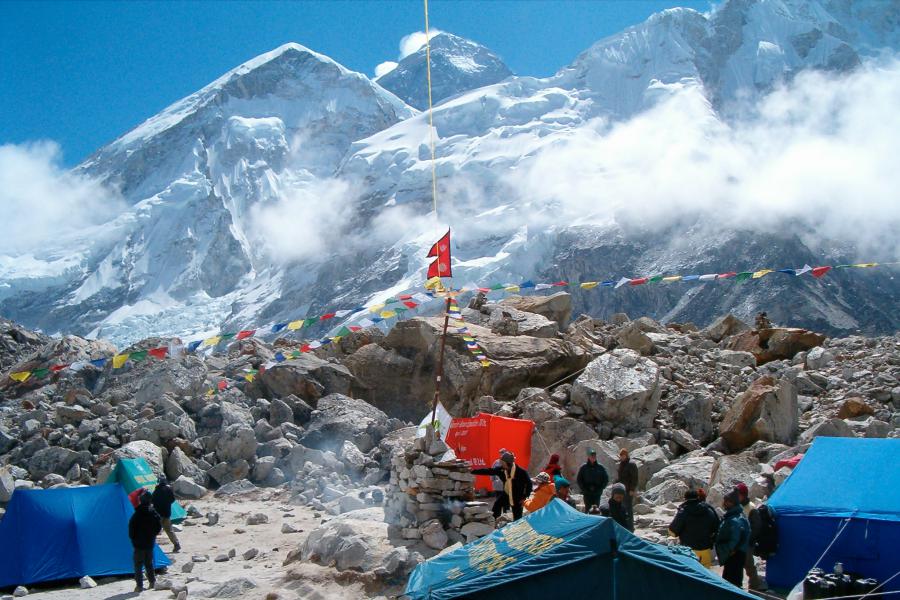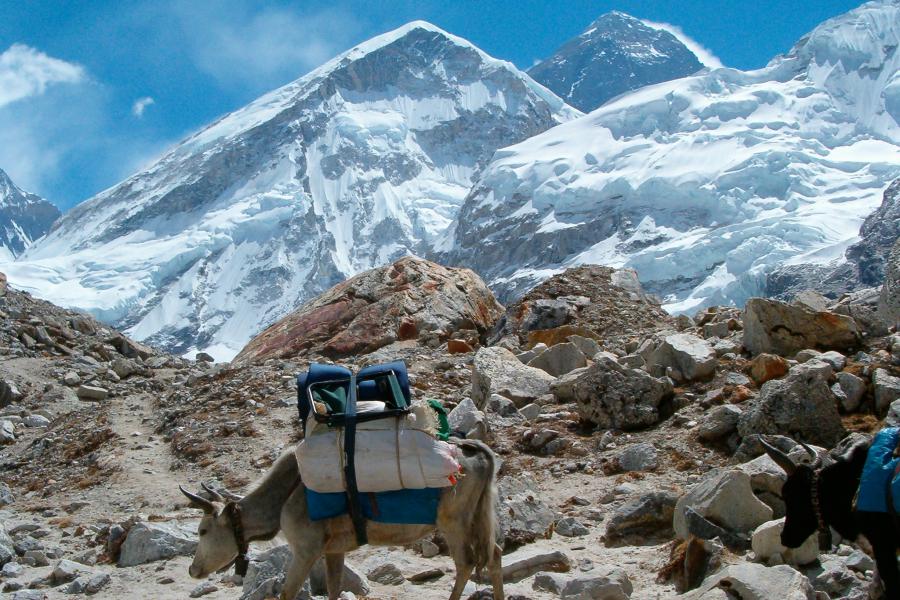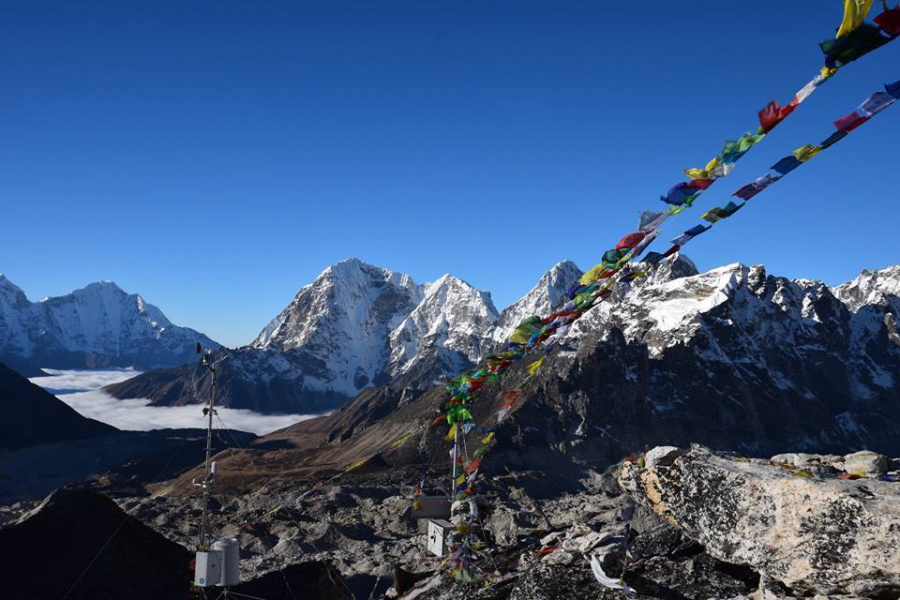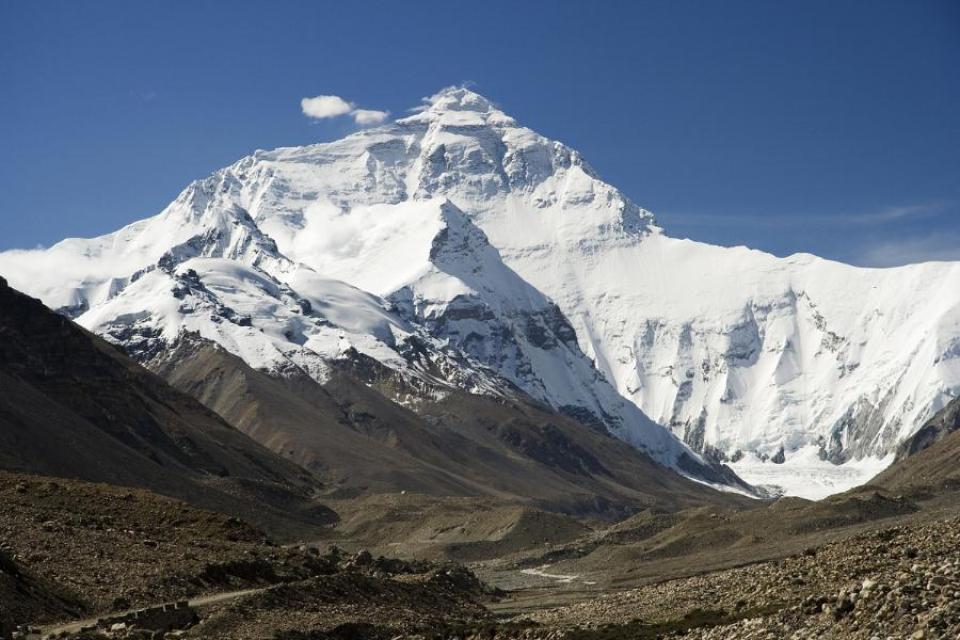Introduction
The Sagarmatha National Park is a gateway to Mount Everest. It is a natural wonderland bursting with breathtaking scenery and incredible wildlife. This UNESCO World Heritage Site lies in the northeastern region of Nepal offering trekkers a unique blend of towering peaks, glacial rivers, and rare Himalayan species. As you step on the Everest Base Camp (EBC) trek, you’ll walk through one of the most stunning landscapes in the world, filled with rich biodiversity and unforgettable views.
In this blog we will explore the highlights of trekking through Sagarmatha National Park, focusing on its wildlife, scenery, and the overall experience of nature lovers seeking adventure in the Nepal Himalayas.
Wildlife in Sagarmatha National Park
The biodiversity in Sagarmatha National Park is one of its most remarkable features in the challenging environment of its high-altitude terrain. The park is home to some of the world’s rarest species, making it a significant ecological hotspot in hiking trails of the Everest region.
- Rare Mammals: You might spot the elusive snow leopard or the adorable red panda. The Himalayan tahr, musk deer, and langurs are commonly seen along the trails. These species thrive in rugged yet protected habitats.
- Birdlife: The park is a paradise for birdwatchers, with over 200 bird species calling it home. Look for the vibrant Himalayan monal (Nepal’s national bird), blood pheasants, and colorful snow pigeons.
- Yaks: Yaks are a constant presence on the Everest Base Camp routes, carrying supplies and adding a touch of local charm to your journey. It is known as the lifeline of the Himalayas.
Pro Tip: Carry a pair of binoculars to enhance your wildlife spotting experience while trekking in the National Park. Early morning hikes are ideal for sightings as the animals are most active at this time.
Scenery in Sagarmatha National Park Region
The scenery in Sagarmatha National Park offers panoramic views of some of the world’s tallest peaks and pristine Himalayan landscapes. Here’s what to look forward to:
Stunning Mountain Views
- The towering Mount Everest, Lhotse, Ama Dablam, and Nuptse dominate the skyline, providing jaw-dropping backdrops for every step of the Sagarmatha National Park on the EBC trek.
- From the Gokyo Ri viewpoint, trekkers can enjoy views of Everest, Makalu, and Cho Oyu.
Lush Forests and Rivers
- The lower altitudes are blanketed in dense rhododendrons and dense forests with vibrant colors during spring.
- Glacial rivers like the Dudh Koshi carve through the valleys, creating a symphony of rushing water amidst tranquil surroundings.
High-Altitude Lakes and Meadows
- Alpine meadows and glacier lakes in the Everest region such as the Gokyo Lakes add serene beauty to the rugged terrain.
Photographer's Paradise: The dramatic contrasts of snow-capped peaks, green forests, and icy rivers make this national park one of the most photogenic locations in Nepal.
Trekking Routes Through National Park in the Everest Region
While the Everest Base Camp trek is the most famous route through Sagarmatha National Reserve, the area offers various alternative paths for adventurers.
Classic Everest Base Camp Trek
- This iconic trail takes you through bustling villages like Namche Bazaar and Tengboche while offering majestic views of Everest. It’s the most popular route for those aiming to reach Everest Base Camp.
Alternative Treks in the Everest Region
- The Gokyo Lakes trek and Cho La Pass are excellent options for those seeking an alternative trek to Everest Base Camp. These routes provide fewer crowds and unique landscapes.
- The Three Passes trek is ideal for experienced hikers looking to challenge themselves while exploring the most remote parts of Sagarmatha Park.
|
Route |
Features |
|
Everest Base Camp Trek |
Iconic views, Sherpa villages, vibrant trekking culture. |
|
Gokyo Lakes Trek |
High-altitude lakes in Nepal, tranquil atmosphere, off-the-beaten-path. |
|
Cho La Pass Trek |
Panoramic mountain views, the connection between Gokyo and EBC routes. |
Best Time to Visit Sagarmatha National Park
Choosing the right season to trek is crucial for a rewarding experience.
- Spring (March-May): This is the best season to witness blooming rhododendron forests and enjoy clear skies. The wildlife is also more active, making it ideal for spotting rare species.
- Autumn (September-November): The weather is stable, and the skies are crystal clear, offering unobstructed views of the mountains.
- Winter (December-February): While the trails are quieter, extreme cold and snowfall can make trekking more challenging.
- Monsoon (June-August): The park is lush and green, but heavy rains can cause slippery trails and obstruct views.
Necessary Permits
1. Sagarmatha National Park Entry Permit:
- To enter Sagarmatha National Park in Nepal, you need a Sagarmatha National Park Entry Permit. You can get this permit at Nepal Tourism Board Office in Kathmandu or at the park entrance in Monjo.
Permit Costs:
- Foreign nationals: NPR 3,000 per person, plus 13% VAT
- SAARC nationals: NPR 1,500 per person, plus 13% VAT
- Nepalese: NPR 100 per person
- Children under 10: Free
2. Khumbu Pasang Lhamu Municipality Entry Permit:
- To enter Sagarmatha National Park in Nepal, you’ll need a Khumbu Pasang Lhamu Municipality Entry Permit if you’re trekking to Everest Base Camp.
- The Khumbu Pasang Lhamu Rural Municipality Entry Permit costs NPR 2,000 per person, which is about USD 20.
3. Gaurishankar Conservation Area Permit:
- To enter Sagarmatha National Park in Nepal, you need a Gaurishankar Conservation Area Permit if you plan to trek to Everest Base Camp (EBC) from Jiri route.
Permit Costs:
- Foreigners: NPR 3,000 per person
- SAARC nationals: NPR 1,000 per person
- Nepalese: NPR 100 per person
Why Visit Sagarmatha National Park?
- Cultural Encounters: The Sherpa villages of Namche Bazaar, Khumjung, and Tengboche provide insights into Himalayan traditions and hospitality.
- Eco-Trekking in the Everest Region: The park promotes sustainable trekking practices, preserving its unique flora and fauna.
- Off-the-Beaten-Path Adventures: Routes like Gokyo Lakes and the Three Passes offer solitude and unparalleled natural beauty.
Conclusion
Trekking in Sagarmatha National Park is the experience of a lifetime. It combines the magic of the Himalayas with a profound connection to nature. From rare wildlife sightings to panoramic views of the world's tallest peaks, the park offers an adventure. Whether you choose the classic EBC trek or an alternative trek, this journey promises memories that will stay with you forever.
So, pack your gear, secure your permits, and explore one of the most captivating destinations in Nepal.
Author: Soniya Sah
Date: 12th December, 2024
Related Trip


